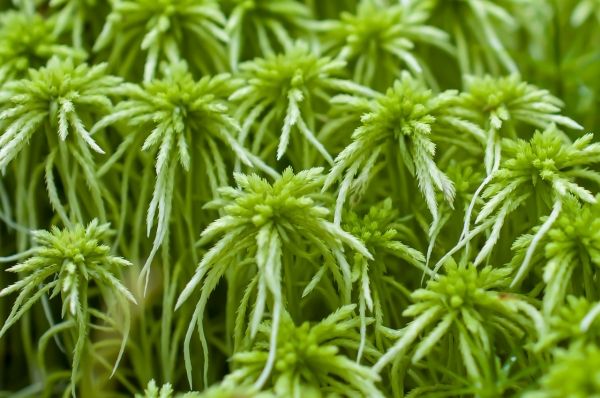Scientists at Umea University and Swedish University of Agricultural Sciences have developed ways to decipher effects of the CO2 rise during the past 100 years on metabolic fluxes of the key plant species in peatlands, mosses. Analyses of cellulose in peat cores collected by collaborating scientists working in five continents indicate that a CO2-driven increase in photosynthesis of mosses is strongly dependent on the water table, which may change the species composition of peat moss communities.
As human CO2 emissions continue, it is increasingly important to capture CO2 to mitigate the associated climate change. Peatlands are the largest soil carbon stores globally, but the impact of climate change on peatlands is still unknown. During the 20th century, global atmospheric CO2 concentrations have increased by nearly 50 per cent and further increases are inevitable according to the Intergovernmental Panel on Climate Change, IPCC, with severe consequences for humanity. So far, uptake of CO2 by the land biosphere has dampened the CO2 rise and prevented even more severe effects.
Although peatlands cover only three per cent of the global land surface, they store a third of the global soil carbon. Thus, uptake of CO2 by peat mosses is important, but little is known about how their physiology is affected by rising CO2 levels. To understand if peatlands will keep storing carbon and mitigate climate change in the future, the scientists investigated peat mosses’ responses to the increase in atmospheric CO2.
Read more at Umea University
Photo Credit: MR_COX via Pixabay


